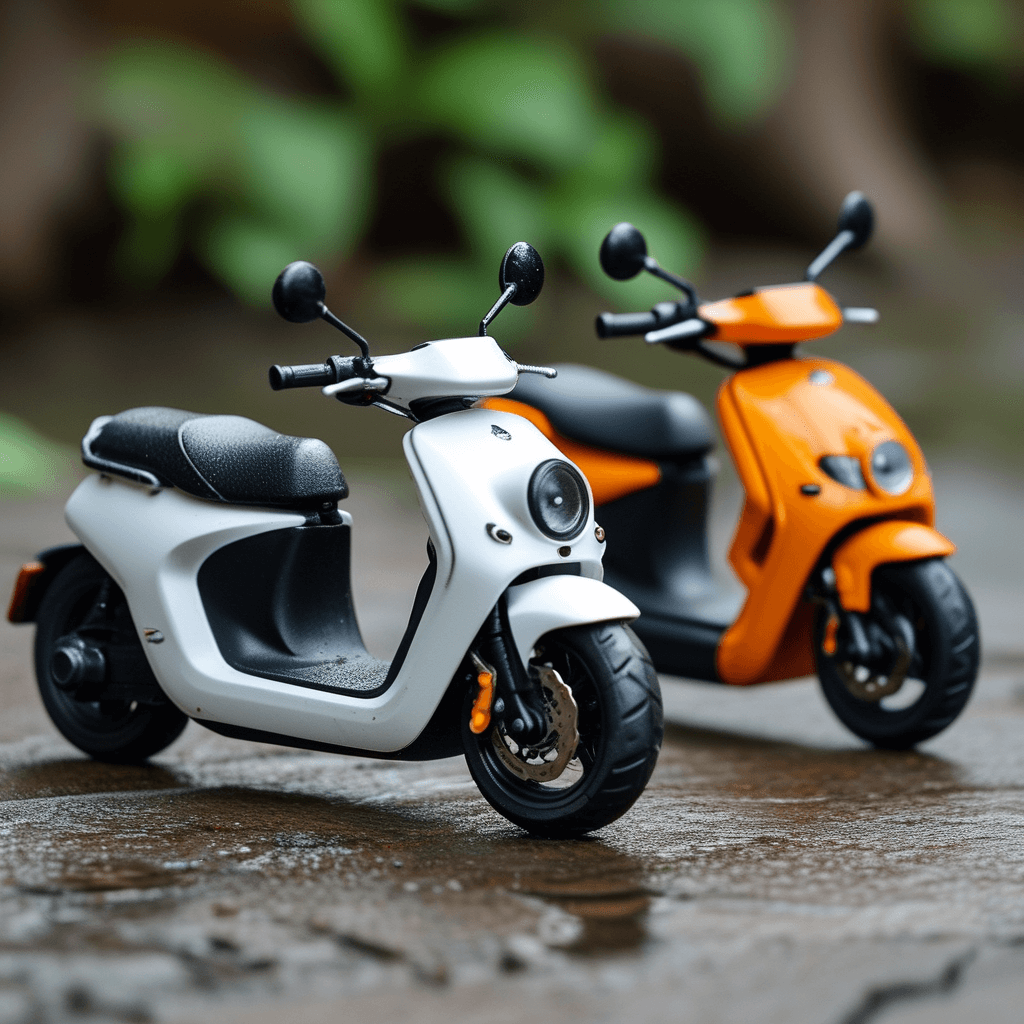Micro-Mobility Safety: How to Stay Safe on E-Scooters and E-Bikes

As cities around the globe increasingly embrace micro-mobility solutions, e-scooters and e-bikes are becoming a common sight on urban streets. These electric vehicles provide a convenient and eco-friendly way to navigate through congested cities. However, while their popularity surges, so too do concerns regarding safety. This article aims to offer comprehensive safety tips and guidelines, ensuring that you can enjoy your micro-mobility experience to the fullest while minimizing risks.
Contents
Understanding Micro-Mobility
Micro-mobility refers to small, lightweight vehicles that can range from e-scooters and e-bikes to hoverboards and electric skateboards. Typically designed for short-distance travel, these vehicles are designed for ease of use and are often available via rental services. While they offer an efficient way to tackle urban commuting, they come with their own set of challenges and safety considerations.
The Importance of Safety in Micro-Mobility
Accidents involving e-scooters and e-bikes are regrettably becoming more commonplace. According to various studies, riders face risks not just from traffic but also from uneven surfaces, pedestrian collisions, and inexperienced users. As a micro-mobility user, it’s crucial to prioritize safety for yourself and those around you.
Pre-Ride Safety Checks
Before embarking on any journey using an e-scooter or e-bike, conduct a thorough pre-ride safety check:
- Inspect the Vehicle: Ensure the frame is intact, brakes are functional, and tires are adequately inflated. Check that the lights (if applicable) are working to increase visibility.
- Familiarize Yourself with Controls: Understand how to operate the throttle, brakes, and lighting. If you’re renting, don’t hesitate to take extra time to read the provided guidelines.
- Wear Protective Gear: Helmets should be non-negotiable. In addition to a helmet, consider wearing knee and elbow pads, gloves, and bright clothing to enhance visibility.
- Stay Hydrated and Rested: Fatigue and dehydration can impair your reaction times. Always be at your best before heading out.

Riding Safely
Once you’ve checked everything off your list, it’s time to hit the road. Follow these tips to ride safely:
- Follow Traffic Laws: E-scooter and e-bike riders must obey the same laws as traditional cyclists. This includes stopping at stop signs, obeying traffic signals, and respecting pedestrian crossings.
- Stay in Designated Lanes: Use bike lanes whenever available. If there are no bike lanes, ride on the road, maintaining a safe distance from parked cars to avoid “dooring” accidents.
- Be Aware of Your Surroundings: Constantly scan the environment for pedestrians, vehicles, and obstacles. Listening to music while riding can limit your awareness; consider keeping the volume low or avoiding it altogether.
- Signal Your Intentions: Use hand signals to indicate turns or stops. This not only alerts vehicles but also helps pedestrians understand your next move.
- Maintain a Safe Speed: Most e-scooters and e-bikes allow speeds that can be dangerous in populated areas. Riding at a controlled speed can give you time to react to sudden changes.
- Ride Predictably: Sudden movements can confuse drivers and other riders. Stick to a straight path when possible and avoid weaving.
Riding in Different Environments
Different terrains present unique challenges. Here are some tips for varying environments:
- Urban Areas: Expect crowded streets, so anticipate sudden stops and heavy pedestrian traffic. Always yield to pedestrians, especially at crosswalks.
- Potholes and Uneven Surfaces: Be especially cautious of road conditions. Before hitting an uneven surface, slow down and prepare to navigate around obstacles instead of over them.
- Night Riding: If you ride at night, ensure your e-scooter or e-bike has proper lighting, and consider additional lights or reflective gear to increase visibility.
- Weather Conditions: Rain and wind can significantly impact ride safety. If conditions are poor, consider postponing your trip or opting for alternative modes of transportation.
Post-Ride Etiquette
Once you’ve arrived safely at your destination, consider the following:
- Park Responsibly: Ensure you park your e-scooter or e-bike in designated areas to avoid obstructing pedestrian walkways or roadways.
- Secure Your Vehicle: Use a lock to secure your bike, especially in busy urban areas. For e-scooters, ensure the vehicle is locked if applicable.
- Provide Feedback: If you are using a rental service, report any malfunctions or issues with the vehicle to ensure they can be fixed for future riders.
Special Considerations for New Riders
If you’re new to micro-mobility, take extra precautions to acclimate yourself:
- Take a Test Ride: Practice riding in a safe, controlled environment away from traffic, such as an empty parking lot.
- Understand Local Regulations: Familiarize yourself with local laws governing e-scooter and e-bike usage, as regulations can vary widely by city or country.
- Join a Class or Workshop: Many communities offer workshops on safe micro-mobility practices. These can provide valuable insights and training.
E-scooters and e-bikes are revolutionizing urban mobility, making it more accessible and environmentally friendly. However, safety must remain a top priority as more individuals adopt these vehicles. By following these guidelines and prioritizing responsible riding, you can enjoy all the benefits of micro-mobility while keeping yourself and those around you safe. Whether commuting to work, running errands, or simply enjoying a leisurely ride, making safety a fundamental part of your experience will lead to a more enjoyable and accident-free journey.
Stay Safe and Ride Smart!


